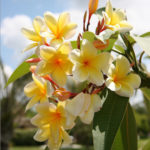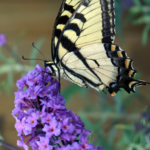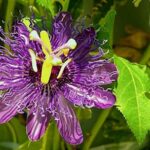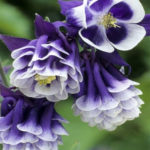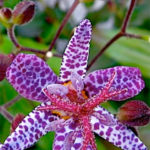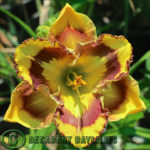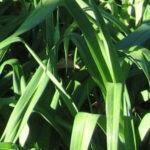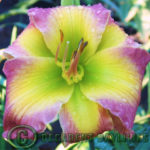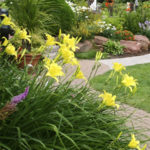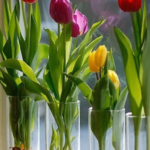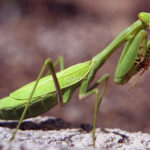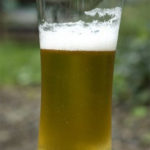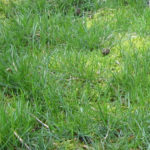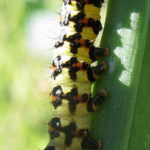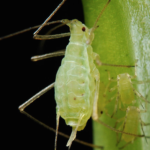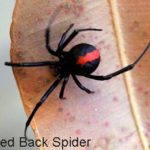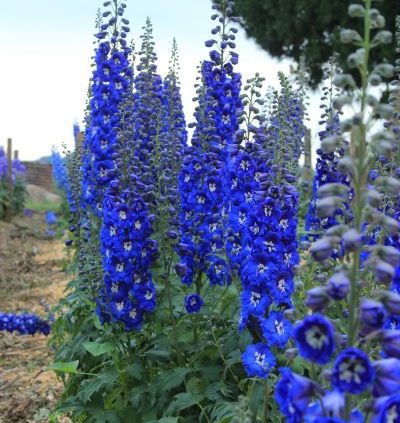
Delphiniums flowers Care
About Delphiniums How To Grow And Care For Delphinium Plant
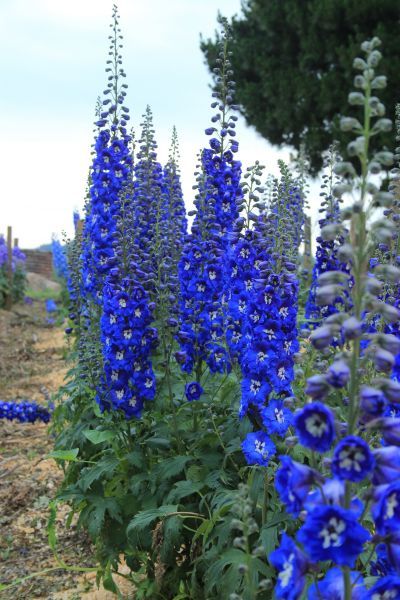 Delphiniums are perennials that grow and add beauty to Australia’s spring and summer gardens. This plant sends up adorable tall sturdy stems, each one producing flowers all the way up the vertical stems, from the base of the clump of leaves. Though this plant comes in a variety of shades the most common colour is blue. Hybrid colours include lavender, white, pink, yellow, red, etc. There are varieties with single and double blooms. The flower spikes reach a height of 2-6 feet. They are widely used in cottage gardens and are periodically planted in masses. The taller varieties need staking. Though this plant is well liked by gardeners, sometimes growing this plant can be a challenge for many.
Delphiniums are perennials that grow and add beauty to Australia’s spring and summer gardens. This plant sends up adorable tall sturdy stems, each one producing flowers all the way up the vertical stems, from the base of the clump of leaves. Though this plant comes in a variety of shades the most common colour is blue. Hybrid colours include lavender, white, pink, yellow, red, etc. There are varieties with single and double blooms. The flower spikes reach a height of 2-6 feet. They are widely used in cottage gardens and are periodically planted in masses. The taller varieties need staking. Though this plant is well liked by gardeners, sometimes growing this plant can be a challenge for many.
Growing conditions
Delphinium plant requires free draining and rich fertile soil that holds water well. Planted in full sun to lighter shade in the hottest part of the day will aid in proper growth. The stems of the plant are hollow and because of this, delphiniums cannot tolerate strong winds. They will absolutely want some sort of foliage back up, from those odd days that present strong fierce winds. Growing the plant in moist soil with neutral or slightly alkaline pH makes daylilies and delphiniums prosper together under these same conditions. They have identical garden likes; this means they can grow in the same composted garden soil to be great companions. Mulching helps to keep the soil moist and prevent the soil from drying out quickly. Keep the mulch up to retain moisture especially in sandy soils. The plant requires fertilisation during the expanding period in spring and during the flowering season. Organic compost should be aged old rotted cow manure. If the foliage of the plant turns yellow or the plant shows stunned growth, more than likely there is a deficiency of nutrients. The cowpats undoubtedly help maintain the fertility of the garden bed. They grow well in areas with cool summers; regretfully they do not flower well in areas with dry summers.
How to plant?
Delphiniums should be planted during spring this is when the plant will start to grow. Make sure the soil is mixed with compost at least 2-4 inches in the soil. Some varieties can be easily grown from seed or using basal cuttings. When planting the saplings, dig a hole in the soil, which is twice the diameter of the container holding it. Ensure that the root ball of the large seedling is at the same level as that of the soil. Make a small furrow around the plant to ensure the small plant receives a good quantity of soaked in water, during its early living period. Provide support to the plant when the plant reaches a height of about 12 inches.
Caring for Delphiniums
The flowering of Delphiniums occurs with the Siberian and Tall bearded Iris in late spring, if proper care, watering and fertilisation are done.
- You need to water the plants in the summer season if the rainfall is lower than 1 inch per week.
- Thinning the shoots to a minimum of 2-3 shots in young plants or to 5-7 shoots in well-established plants increases the quality of the spikes.
- Deadheading the spent flowers during early summer increases flowering.
- The flowers can survive cold climate and light frosts.
- The clump of the plant can be divided in the spring. Take the new little plants growing towards the outer part of the clump for replanting.
- The hard and old central part of the clump should be discarded.
Diseases and pests
There are some well known diseases and insect pests that attack delphiniums. Powdery mildew, grey mould and rust are the common diseases. The plant is also susceptible to snails and slugs.
Recommended varieties
According to the space availability, you can select dwarf, medium sized or tall varieties of delphiniums for your garden. The belladonna varieties reach a height of 3-4 feet. The Pacific hybrids are 5-6 feet tall and the Elatum are hybrids which grow remarkably tall, more than 6 feet.


